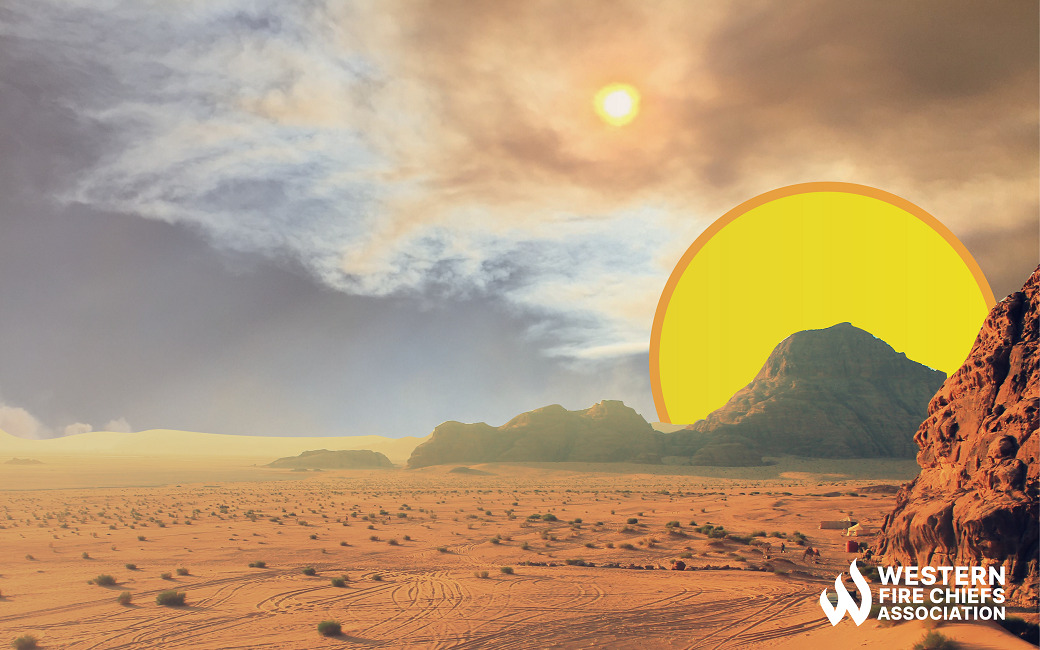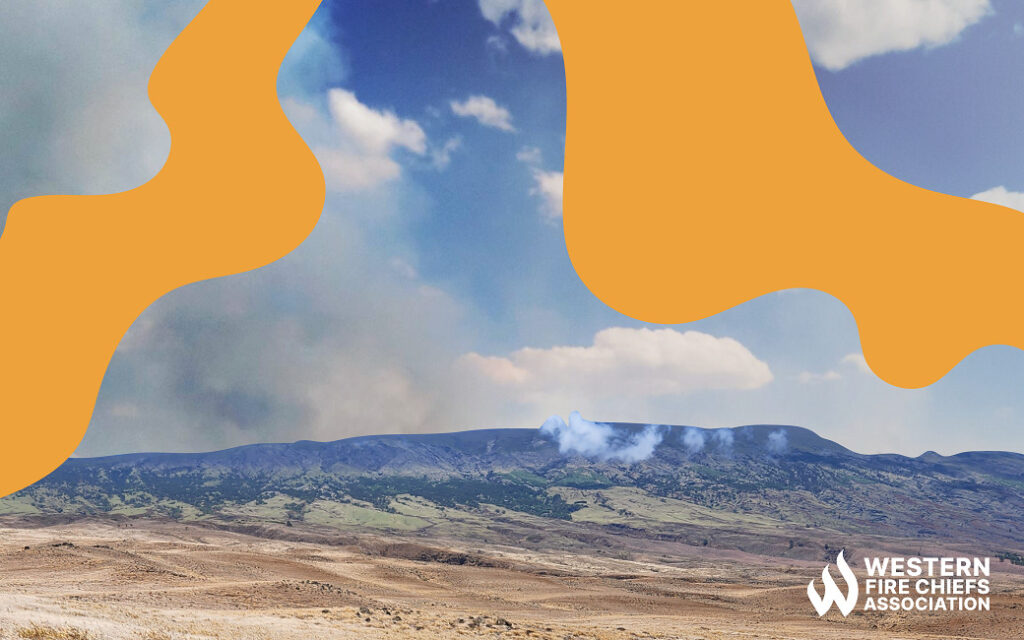Fire Pit Safety Tips
Stay safe around the campfire with tips from the Western Fire Chiefs Association. Learn essential precautions and practices for a worry-free outdoor campfire.
Delve into the profound impacts of drought on wildfire risk, and how our overall outlook is changing as a result of climate change with expert guidance from the WFCA.
Published:August 8, 2023
Edited:March 1, 2024

Delve into the profound impacts of drought on wildfire risk, and how our overall outlook is changing as a result of climate change with expert guidance from the WFCA.
Drought has made wildfires in the United States worse and more frequent, especially in the western states. As vegetation dries out, it becomes more vulnerable to catching fire.1 In recent years, the impacts of drought on wildfire risk have become increasingly severe, with many communities experiencing devastating wildfires that have destroyed homes, businesses, and natural habitats.2
During drought conditions, the lack of moisture in the soil prevents plants from absorbing water, increasing the amount of dead and dry vegetation. This vegetation becomes fuel for wildfires.1 Drought also causes water sources to dry up, making it more difficult to extinguish wildfires. When water sources are scarce, fire crews must bring in water from other areas, which is expensive and time-consuming.3
Drought directly impacts the speed and behavior of wildfires because dry vegetation causes fires to spread more quickly and become more intense. There is also an increase in lightning strikes during drought conditions which can start wildfires.1
While drought conditions increase the risk of wildfires, wildfires can also worsen drought by damaging vegetation and reducing the amount of moisture in the soil.11 Communities in fire-prone areas should take steps to reduce the risk of wildfires, such as creating defensible space around homes and other structures, and following fire safety guidelines.
Rising temperatures and changing precipitation patterns due to climate change are causing longer and more severe droughts, which increases the likelihood of wildfires. The drier the fuels, the more difficult the fire is for firefighters to control.3
Climate change is causing a rise in temperature and extended growing seasons for trees which results in forests becoming denser but weaker.17 This increases the amount of propellant available for wildfire.2 Warmer temperatures also allow pests, such as bark beetles, to thrive, which can kill trees and create even more fuel for fires.12
It is also important to address the root causes of climate change by transitioning to renewable energy sources and reducing human-caused greenhouse gas emissions from factories, landfills, industrial farming, vehicles, etc. These have hugely outpaced the Earth’s usual production of greenhouse gases. Additionally, deforestation and other resource-extraction activities have crippled the Earth’s ability to re-absorb carbon dioxide from the atmosphere and sequester it in forests, the ocean, and soil. Over-production of gases and simultaneous destruction of carbon-sinks has created an unbalanced cycle where far more greenhouse gases are produced than the Earth can functionally balance.13

Machine learning algorithms, or artificial intelligence (AI), analyze data on weather patterns, vegetation, and other factors to identify areas that are at high risk for wildfires.5 AI has made it easier and faster to process huge amounts of information from sources like thermal imaging cameras, weather data, social media, sensor networks, and smoke detection from cameras and satellites.15 Using AI to predict and prevent wildfires reduces the risk of these destructive and deadly events because it enables the fire service, and other emergency responders, to prepare for wildfires.4 It also aids crews in a quicker response because they can position resources in areas where the prediction shows a high risk of wildfires.
Some AI models can predict the likelihood of a wildfire starting in a particular area based on factors such as temperature, humidity, and wind speed. Other models can identify areas that are most vulnerable to wildfires based on factors such as the density of vegetation and the proximity of homes and other structures.6
In areas where snowfall is the primary source of water, the amount and timing of snowpack can have a significant impact on water supply, runoff, and mountain ecosystems.7 During the winter snowfall accumulates in mountainous areas creating a snowpack. As temperatures warm in the spring and summer months, the snow melts and feeds streams and rivers, which supply water to downstream communities. In some areas, snowpack provides up to 80% of the water supply.8
Snowpack is a critical component of water supply and mountain ecosystems. 9 When snowpack for the year is low, water supplies can be severely impacted, leading to drought conditions that increase the risk of wildfires.1
The future holds increased drought and wildfire risk due to climate change. Rising temperatures and decreasing snowmelt will compound to create severe drought conditions.2 Climate change will also lead to more extreme weather events, such as heat waves, which can exacerbate drought conditions and increase the risk of wildfires.10
It is important that we take steps to mitigate the impacts of climate change, such as investing in renewable energy, and promoting sustainable land management practices. By acting now, we can help to reduce the severity of future droughts and wildfires and protect our communities and ecosystems.
Communities in fire-prone areas should take steps to reduce the risk of wildfires, such as creating defensible space around homes and other structures and following fire safety guidelines. Entire neighborhoods can work together to engage in fire risk reduction activities and plan wildfire evacuation strategies. Learn about a program that offers a starting blueprint to engage your community in wildfire risk mitigation strategies and become Firewise.14
Stay safe around the campfire with tips from the Western Fire Chiefs Association. Learn essential precautions and practices for a worry-free outdoor campfire.
Discover essential firework safety tips to ensure a dazzling display without accidents. Learn how to celebrate responsibly with expert guidance from WFCA.
Explore the role of AI in wildfire prediction with guidance from the WFCA. Learn how advanced algorithms and data analytics enhance early detection and response.